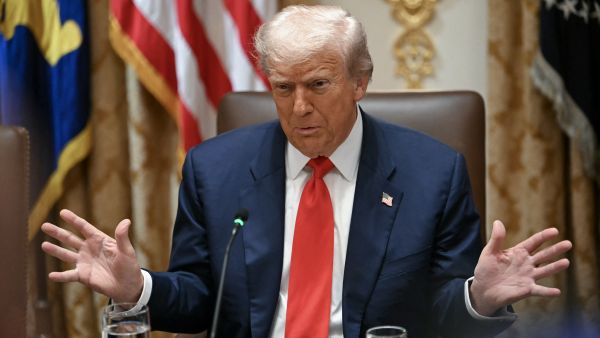ALBAWABA- U.S. President Donald Trump has escalated his administration’s economic confrontation with China, threatening to impose punitive tariffs of up to 500% on nations purchasing Russian oil, a move that directly targets Beijing’s deepening energy ties with Moscow amid the ongoing Ukraine conflict.
Speaking ahead of a possible meeting with Chinese President Xi Jinping at next month’s APEC summit, Trump warned that countries “doing business with Russia” would face “unprecedented tariffs” and lose access to U.S. markets.
The threat mirrors proposals in the Sanctioning Russia Act, introduced in Congress earlier this year by Senator Lindsey Graham, which advocates similar penalties on Russian imports and on nations helping to sustain Russia’s war economy.
China, now the largest buyer of Russian crude with more than 2 million barrels imported daily in 2025, a 15% increase from last year, stands at the center of Washington’s crosshairs.
Trump reiterated that any nation purchasing Russian oil “cannot expect normal trade with America,” adding that initial penalties could start at 25–50%, eventually reaching 500% under the proposed law.
The warning comes amid an intensifying U.S.-China trade war. On October 10, Trump announced a 100% tariff on all Chinese goods starting November 1, retaliating against Beijing’s expanded export controls on rare earth minerals, which China dominates with nearly 70% of global supply. Washington also tightened export bans on critical U.S. software, further straining bilateral ties.
Beijing hit back by sanctioning several U.S. subsidiaries of South Korea’s Hanwha Ocean and threatening reciprocal measures on American shipping and agricultural imports.
Chinese officials condemned Washington’s actions as “economic coercion” and vowed to defend national interests through “targeted and proportional” countermeasures.
Economists warn that the renewed tariff spiral could push global inflation higher and disrupt supply chains.
The trade war, temporarily eased by a brief May truce, has already cost the average U.S. household over $1,300 annually in higher prices.










